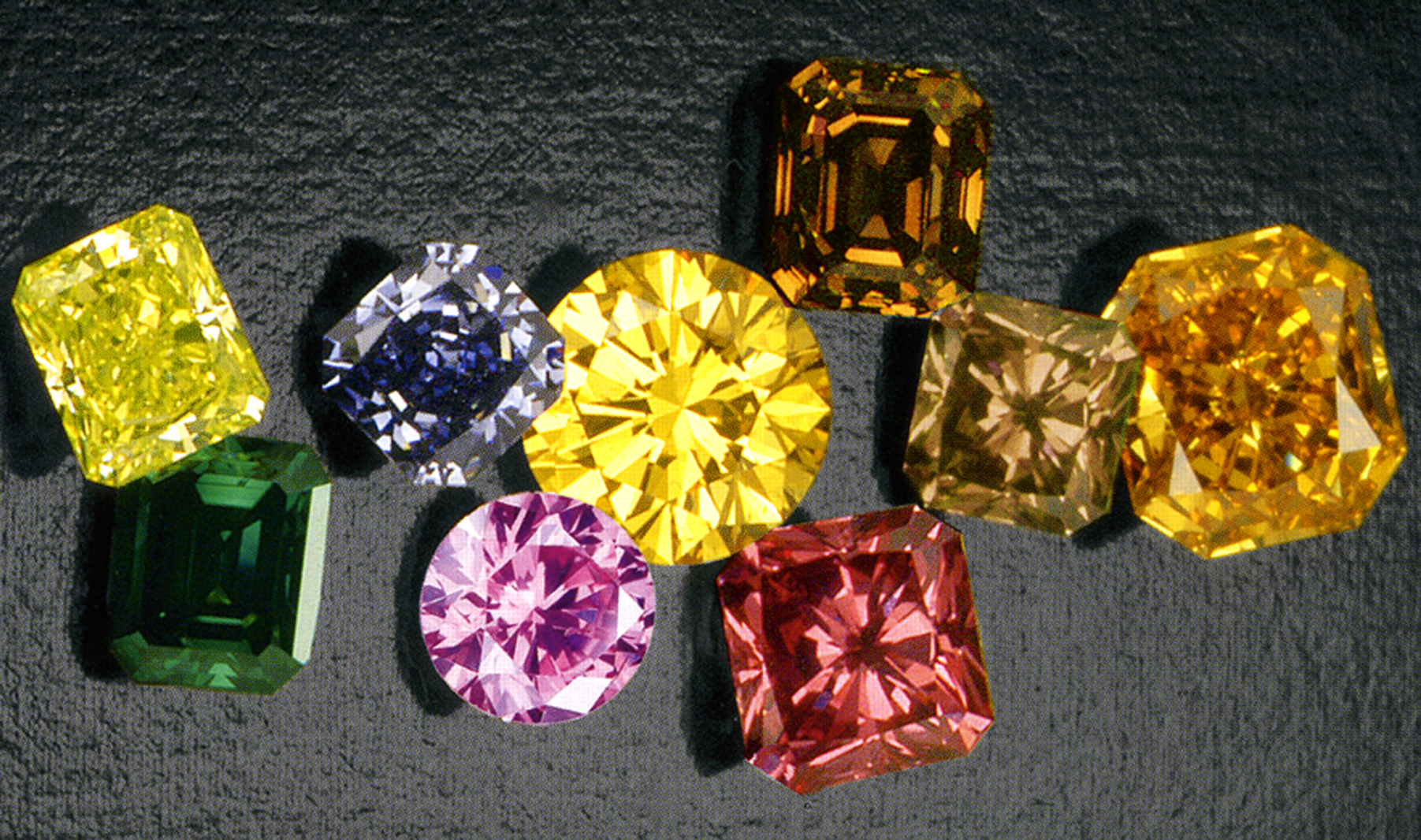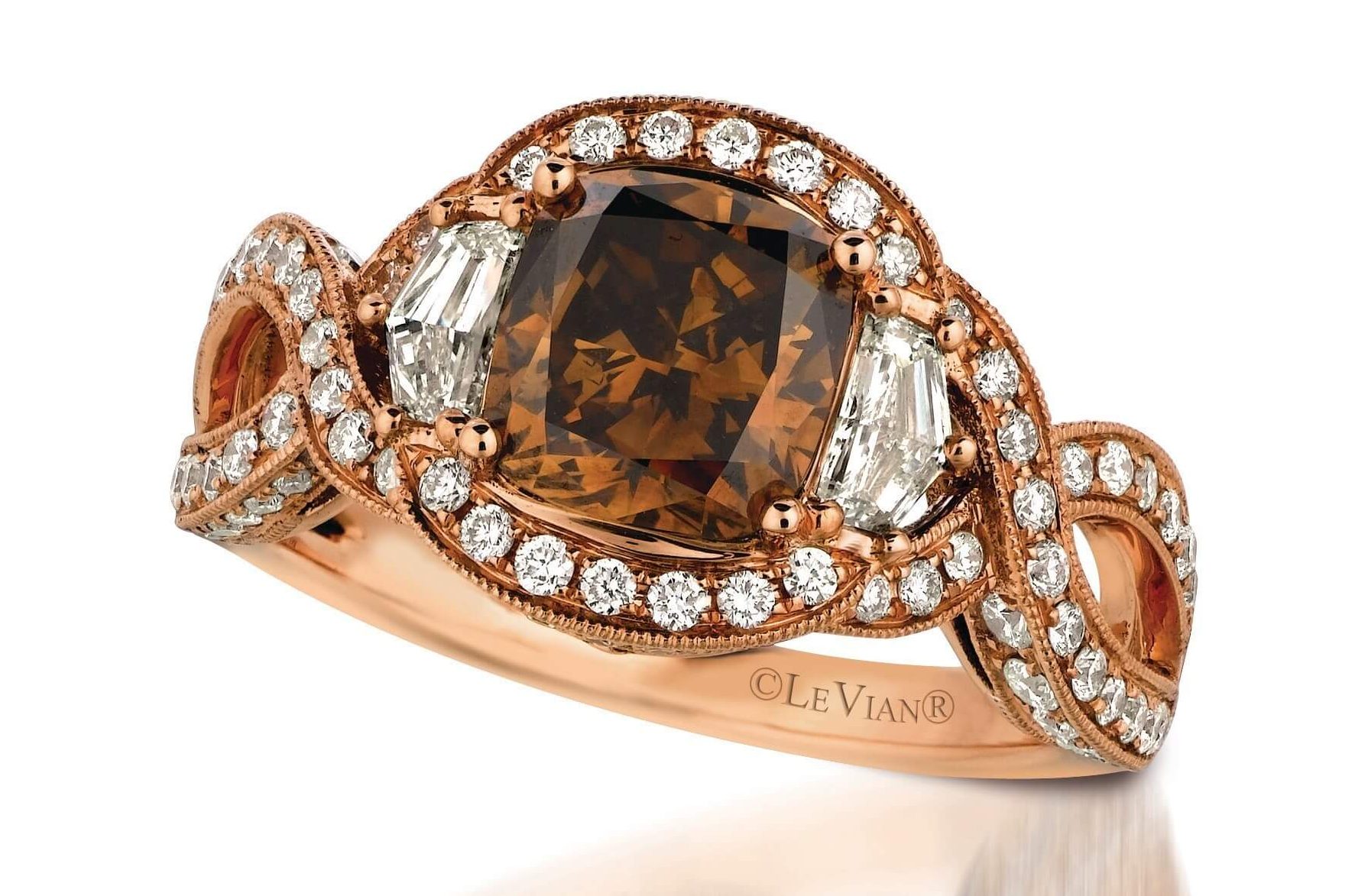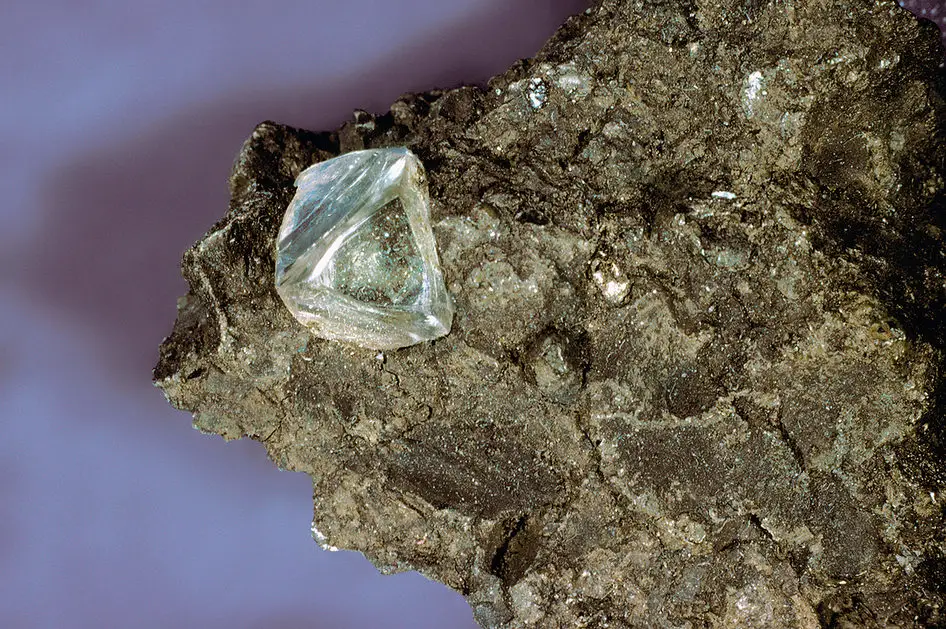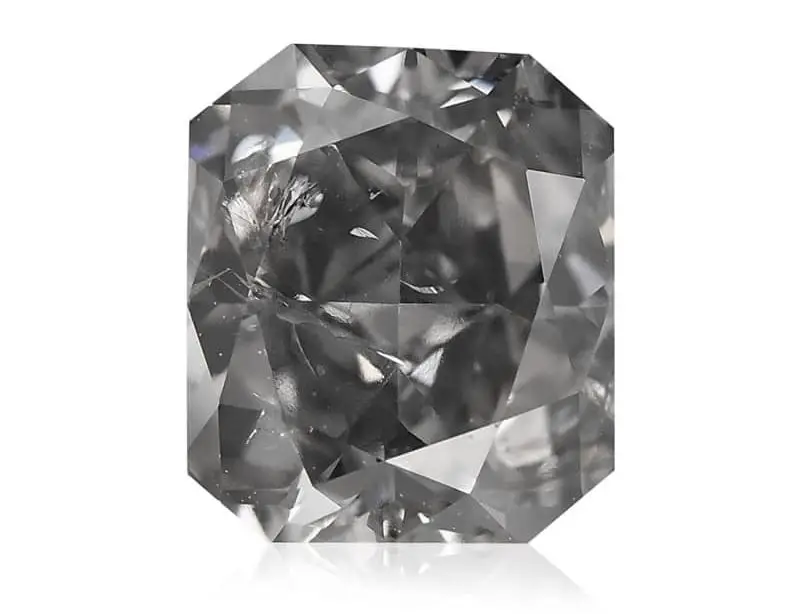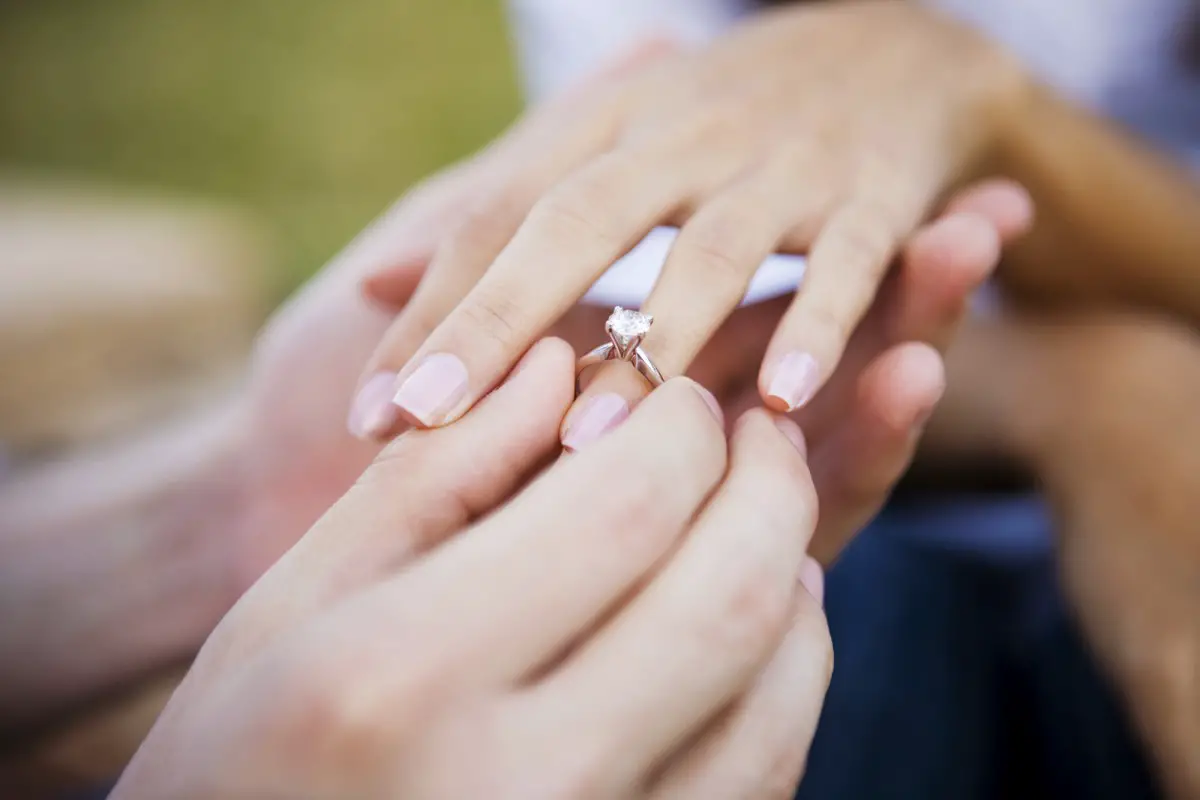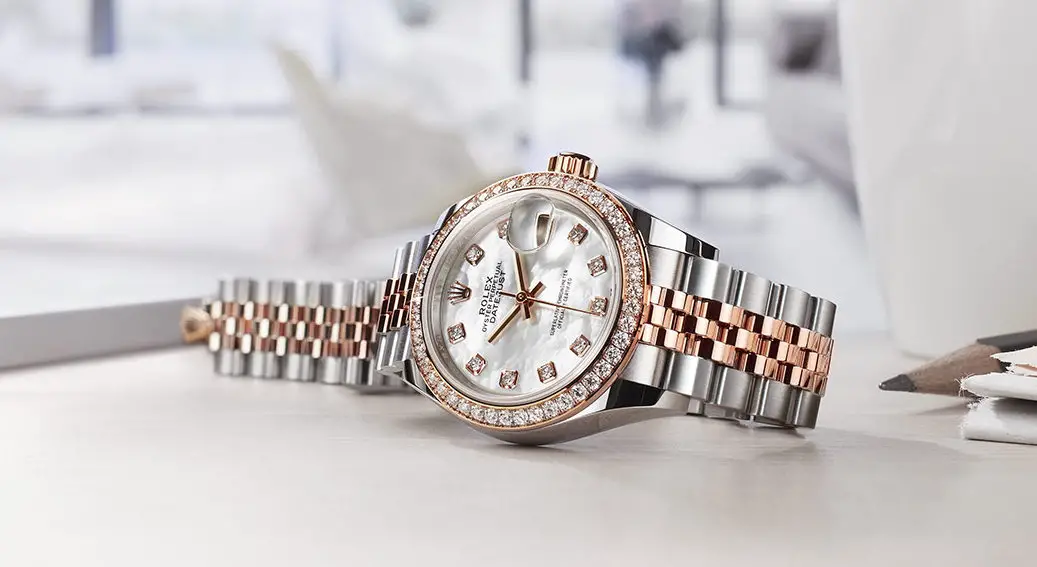Why Diamonds Have Different Colors
Who wouldn’t love some diamonds? Not only are they dainty jewelry, but they also signify wealth. That said they don’t come cheap. Currently, colored diamonds have increasingly become desirable and they are pocket-friendly. Begging the question, why do diamonds have different colors?
1. Natural Diamonds
Diamonds in their purest and natural state appear transparent/colorless. The clear/translucent diamonds are considered to be structurally perfect, but they are hard to come by.
2. Impure “Fancy” Diamonds
Most diamonds are not completely pure and most have structural defects and are “polluted” with chemical impurities. These natural flukes end up affecting the diamond’s color. The result is a myriad of naturally colored diamonds.
Impurities
One of the impurities found in these diamonds, which affects their coloration, is nitrogen. Depending on the amount of nitrogen present within the diamond, the resulting color will be a yellow hue. During the diamond’s creation process, if it is exposed to radiation this will definitely affect its color. For instance, Green colored diamonds usually have been subjected to radiation.
Hue Intensity
The intensity and hue of the resulting diamond play an important role in enhancing or detracting from its intrinsic value. When a yellow hue is prominent, the diamond tends to go at a discounted price. However, naturally colored diamonds occurring in blue or pink hues are considered more valuable. Red colored diamonds are quite rare and subsequently more valuable.
Black Diamonds
Black diamonds are not formed by impurities, but rather they are formed by inclusions of small amounts of iron clusters and graphite. Unlike other diamonds, colorless and colored, which tend to be transparent black diamonds appear opaque. They tend to be highly susceptible to fractures making them difficult to polish and cut. This greatly reduces their gem-quality and black diamonds are often left for industrial-use.
3. Treated/Color Enhanced Diamonds
Given the high cost of diamonds, Gemologists have over the years developed diamond versions that are affordable to the average buyer. They do so by treating diamonds that are less desirable, and the result is affordable and desirable treated diamonds.
What they do is treat the undesirable diamonds with irradiation and intense heat. Yellow/brown diamonds are transformed into a myriad of beautifully colored diamonds after going through this treatment process. After this treatment, the diamond’s new color is considered permanent, but there are possibilities of the color changing with heat exposure during repairs.
The High-Pressure High Temperature (HPHT) process is used to treat colored diamonds to enhance their hue. The same process can be used to transform light brown/yellow diamonds to colorless hues. Here is a video to show that process in action:
4. Synthetic Diamonds
Whether the diamond is in its purest form or considered impure but has undergone some treatment, bottom line is that they will still be quite costly. Synthetic diamonds, meaning diamonds that are factory produced, hold the answer to mass diamond ownership.
They may lack the intrinsic value natural diamonds have, but synthetic diamonds are in every bit considered as diamonds.
Now that you understand why diamonds have different colors, if you are looking into buying colored diamonds it is important to ask for a certificate of authenticity. This will guarantee that you are not being shortchanged and assure that you are getting the real deal.

